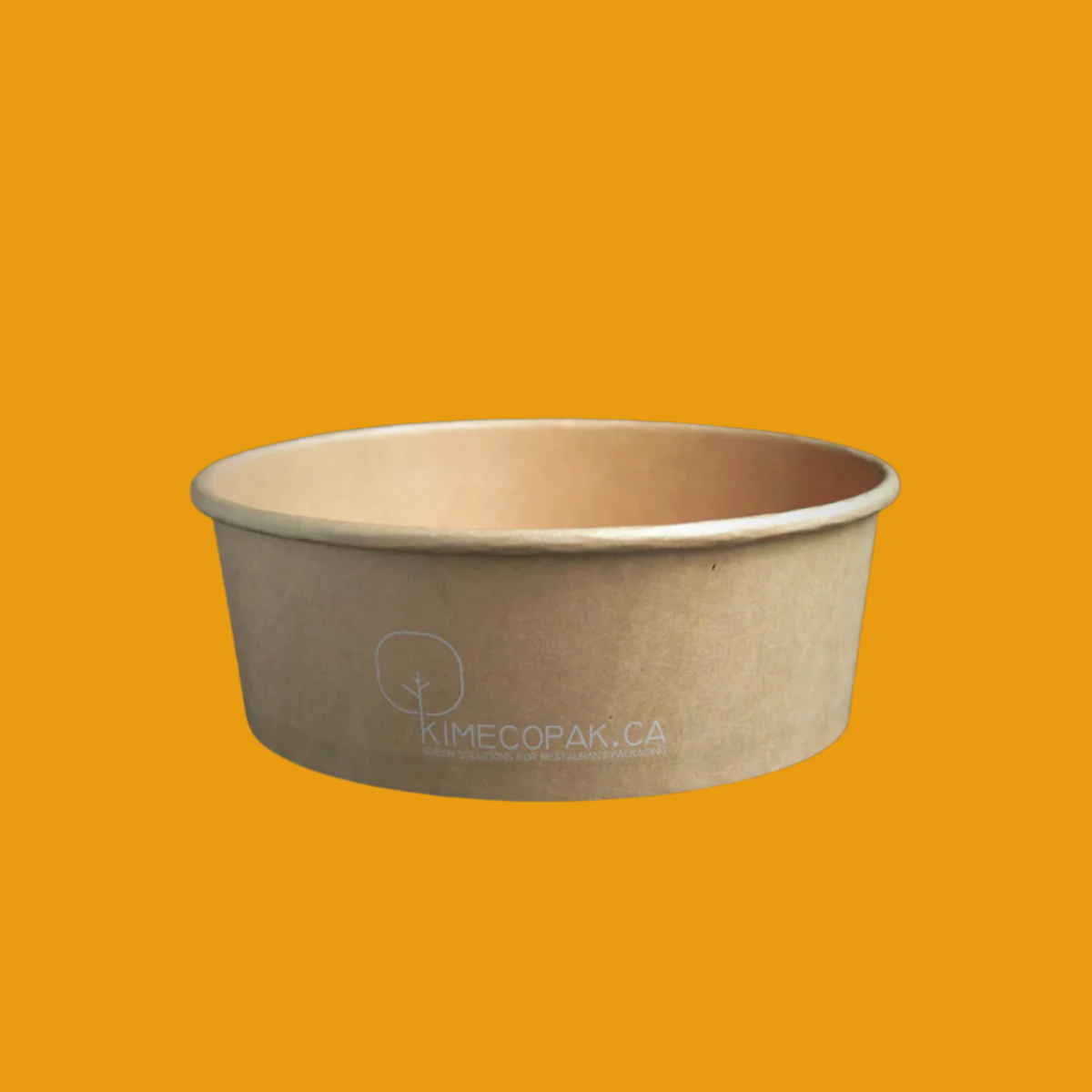So, you’ve been dreaming about starting your own food business, and you're drawn to the sizzle of hot dogs and the freedom of running a mobile cart. But where do you begin?
Learning how to start a hot dog cart isn’t just about buying a cart and cooking up franks—it’s about crafting a solid business plan, understanding local regulations, and creating an experience your customers will crave again and again.
In this comprehensive guide, you’ll discover everything you need to know, from planning and permits to menu design, marketing, and day-to-day operations. Whether you want to serve classic dogs at the local park or build a gourmet street food brand, this guide will give you the tools to launch and grow with confidence.
-
How to Open a Food Truck With No Experience
-
How to Start a Boba Tea Business and Build a Brand That Stands Out
1. Laying the Foundation: Planning Your Hot Dog Cart Business

1.1 Define Your Hot Dog Business Ideas
Deciding on a specific niche for your hot dog cart is essential for attracting customers. Consider focusing on:
- Types of Hot Dogs: Will you specialize in gourmet hot dogs with unique toppings, classic simple dogs, or regional variations like Chicago or New York-style?
- Unique Selling Proposition (USP): What will set your cart apart from others? Perhaps you’ll offer organic options, locally sourced ingredients, or a creative menu that changes regularly.
- Target Market Preferences: Understanding the likes and dislikes of your potential customers can influence everything from your toppings to pricing.
1.2 Conduct Thorough Market Research
Before jumping in, conduct a detailed assessment of your local market by:
- Analyzing Local Demand: Are hot dogs a popular street food in your area? Look for trends that indicate a strong customer base.
- Studying Competition: Identify other food carts and local restaurants that offer hot dogs. Learn from their successes and mistakes.
- Identifying High-Traffic Locations: Scout for areas with a lot of foot traffic—think parks, sports venues, or busy streets.
Assessing local demand can lead to a thriving hot dog cart business that truly meets your community's taste.
1.3 Develop a Comprehensive Business Plan
Crafting a solid business plan is your roadmap to success. Ensure it includes:
- Executive Summary: A brief overview of your business idea and vision.
- Company Description: Describe what your hot dog cart will offer and your mission statement.
- Market Analysis: Present your findings from your research and define your target market.
- Products and Services: Clearly list the types of hot dogs and additional offerings like drinks or sides.
- Marketing and Sales Strategy: Outline how you plan to attract and retain customers, including social media plans and local events.
- Management Team: Define roles, whether you’ll run it solo or hire help.
- Financial Projections: Provide estimates of startup costs, operating expenses, and revenue forecasts to understand your financial outlook.
1.4 Secure Funding for Your Venture
To launch your hot dog cart, you may need capital. Consider various funding options:
- Personal Savings: Using your savings can give you full control without taking on debt.
- Small Business Loans: Loans from banks or online lenders can help kickstart your business, but be prepared with a strong business plan.
- Grants: Look for small business grants available in your community or industry.
- Crowdfunding: Platforms like Kickstarter can be an effective way to raise money while generating interest in your brand.
2. The Legal Landscape: Permits, Licenses, and Regulations

2.1 Research Local and State Requirements
Understanding the legal requirements for operating a hot dog cart is crucial:
- Business License: Most states require a business license to operate legally.
- Food Handler's Permit: This ensures you understand safe food handling practices.
- Health Department Permits and Inspections: Your cart will need to pass health inspections to guarantee food safety.
- Zoning Permits for Operating Locations: Verify where you can legally operate your cart.
- Mobile Food Vendor Permits: Specific permits may be required for mobile food vendors in your area.
2.2 Understand Health and Safety Regulations
Being knowledgeable about health and safety measures is vital. Ensure you comply with:
- Food Storage and Handling Procedures: Learn how to store and serve food safely.
- Hygiene Standards: Maintain personal hygiene and cleanliness in your cart.
- Waste Disposal: Have a plan for disposing of waste responsibly.
- Cart Specifications and Safety Features: Your hot dog cart must meet safety standards pertinent to your local laws.
Finalizing all permits and licenses before starting operations is essential to avoid legal issues.
3. Setting Up Shop: Equipment and Supplies

3.1 Choosing the Right Hot Dog Cart
Consider various factors when selecting your cart:
- New vs. Used Carts: Weigh the pros and cons of purchasing new equipment versus used carts.
- Size and Features: Look for carts with necessary features like steamers, warmers, and adequate storage.
- Compliance with Local Regulations: Ensure your cart meets local requirements regarding health and safety.
3.2 Essential Equipment and Tools
Your hot dog cart needs the right tools to operate efficiently. Essential items include:
- Cooking Equipment: Purchase steamers, grills, or rollers to prepare hot dogs to perfection.
- Serving Utensils: Stock up on tongs, ladles, and other serving tools.
- Point of Sale (POS) System: A user-friendly POS system will streamline transactions and inventory management.
- Cleaning Supplies: Keep your cart and equipment clean and sanitary at all times.
3.3 Sourcing High-Quality Ingredients
Ingredients play a crucial role in your hot dog’s success. Focus on:
- Hot Dogs: Source various types and brands to cater to different tastes.
- Buns: Invest in fresh and high-quality buns that complement your hot dogs.
- Toppings and Condiments: Offer a wide range of toppings, from classic mustard and ketchup to gourmet options like sriracha or specialty relishes.
- Beverages and Snacks: Consider providing drinks and snacks to entice customers further.
4. Crafting Your Menu and Pricing Strategy

4.1 Designing an Appealing Menu
Creating a menu that stands out is essential for attracting customers to your hot dog cart. Consider the following aspects:
- Variety of Hot Dog Options: Offer a classic selection, alongside gourmet or specialty hot dogs. This allows you to cater to a wide audience, from traditionalist to those seeking something unique.
- Signature Items and Unique Toppings: Develop a few standout hot dogs with creative toppings. For instance, consider options like a Chicago-style dog, a bacon-wrapped version, or even fusion styles combining international flavors.
- Including Sides and Beverages: Besides hot dogs, think of offering complementary sides such as chips, coleslaw, or pickles, along with a selection of soft drinks. This can enhance the customer experience and increase your profits.
4.2 Determining Your Pricing
Setting the right prices is crucial for both competitiveness and profitability. Here’s how to approach it:
- Calculate Food Costs and Operating Expenses: Understand your cost per dog by factoring in ingredients, fuel, and any overhead costs. This will help you establish a baseline for pricing.
- Analyze Competitor Pricing: Check how similar carts price their offerings. This will give you insights into market expectations and help you position your prices favorably.
- Set Prices that are Competitive and Profitable: Create a pricing strategy that ensures you cover costs while remaining attractive to customers.
- Consider Offering Combo Deals or Specials: Bundling hot dogs with sides or drinks can encourage larger purchases and improve sales.
5. Location, Location, Location: Finding the Best Spots
5.1 Identifying High-Traffic Areas
The success of a hot dog cart often hinges on location. Aim for areas with consistent foot traffic:
- Parks and Recreational Areas: Families and individuals frequent these spots, especially on weekends.
- Sporting Events and Concerts: Events attract large crowds looking for convenient food options.
- Construction Sites and Business Districts: Workers often appreciate quick meal options, making these locations ideal for food sales.
- Farmers' Markets and Festivals: These events draw food enthusiasts looking for unique offerings.
Be mobile and go to where people are - think along the lines of local lakes and parks.
5.2 Securing Permission to Operate
Before you can set up shop, you need to navigate the regulatory landscape:
- Obtaining Permits for Specific Locations: Research local regulations to determine what permits you need. This can vary widely based on location.
- Negotiating with Private Property Owners: If you wish to set up on private land, ensure you have clear agreements in place.
5.3 Setting Up Your Cart Efficiently
An efficient setup can enhance customer experience and streamline operations:
-
Optimizing Your Setup for Customer Flow and Visibility: Position your cart in a way that maximizes visibility and accessibility. Customers should be able to see your menu easily and approach without hassle.
6. Spreading the Word: Marketing and Promotion

6.1 Branding Your Hot Dog Cart
A strong brand can be a significant draw for customers:
- Develop a Catchy Name and Logo: Your cart's name and logo should be memorable and reflective of your hot dog offerings.
- Create a Visually Appealing Cart Design: Bright colors and professional signage can attract customers even before they know what you serve.
6.2 Utilizing Social Media Marketing
Social media can greatly amplify your reach:
- Create Profiles on Relevant Platforms (Instagram, Facebook): Use these platforms to share updates, special deals, and customer interactions.
- Post High-Quality Photos of Your Food: Inviting visuals create cravings. Use well-lit, appealing images to showcase your hot dogs.
- Engage with Your Audience and Announce Your Location: Regularly interact with your followers and keep them informed about where you’ll be set up.
Social media, especially Instagram, is a powerful tool to build your brand and reach a wider audience.
6.3 Local Marketing Strategies
Consider how you can integrate into your local community:
- Distribute Flyers and Business Cards: Physical advertising can be very effective, especially in busy community areas.
- Partner with Local Businesses: Establish partnerships with nearby businesses, perhaps offering discounts to their employees can lead to new customers.
- Participate in Community Events: Engaging with local events helps build brand awareness and community ties.
6.4 Building Customer Loyalty
Loyalty can lead to word-of-mouth referrals:
- Provide Excellent Customer Service: A friendly face and quick service can turn a one-time customer into a repeat buyer.
- Offer Loyalty Programs or Discounts: Rewarding frequent customers can incentivize repeat business.
7. Day-to-Day Operations: Serving Up Success
7.1 Efficient Workflow and Customer Service
A smooth operation is vital to keeping customers happy:
- Streamline Your Food Preparation and Serving Process: Keep your workflow organized to minimize wait times.
- Train Staff on Customer Service Best Practices: Ensuring that staff are well-trained in service etiquette is key to customer satisfaction.
7.2 Inventory Management and Ordering
Managing your supplies efficiently will help keep your business running smoothly:
- Track Your Inventory Levels: Regularly take stock of your supplies to avoid shortages or over-ordering.
- Establish Reliable Suppliers: Having strong relationships with your suppliers ensures you receive quality ingredients consistently.
7.3 Maintaining Cleanliness and Hygiene
Adhering to health regulations is necessary for both legal and customer safety:
- Regularly Clean and Sanitize Your Cart and Equipment: A clean cart reflects your professionalism and care for food safety.
- Adhere to All Health and Safety Regulations: Make sure you fully understand and comply with local health regulations.
8. Growing Your Hot Dog Cart Business

8.1 Expanding Your Menu
Keeping your menu fresh can attract repeat customers:
-
Introduce New and Seasonal Items: Seasonal offerings can create excitement and encourage customers to return to see what's new.
8.2 Catering and Events
Consider expanding your business reach by offering catering services:
-
Offer Catering Services for Parties and Corporate Events: Catering can introduce your brand to new consumers who may visit your cart later on.
8.3 Consider Additional Carts or Locations
As your business grows, think about how to strategically scale:
-
Scale Your Business Strategically: Assess market demand and consider adding additional carts or exploring new locations.
FAQs About How to Start a Hot Dog Business
How much does it cost to start a hot dog business?
Starting costs can vary significantly, typically ranging from a few thousand to tens of thousands of dollars depending on the cart, equipment, and permits.
What are the most important permits I need to obtain?
Key permits often include a business license, health department permits, and specific permits for the locations where you'll operate.
Where are the best places to set up a hot dog cart?
High-traffic areas such as parks, events, and busy business districts tend to offer the best opportunities for sales.
How can I make my hot dog cart stand out from the competition?
Focus on unique menu items, strong branding, and excellent customer service to create a memorable experience for your customers.
Conclusion
Launching a hot dog cart can be one of the most rewarding ways to break into the food business—low startup costs, high mobility, and the ability to connect directly with your community. By following this step-by-step guide on how to start a hot dog cart, you’ve laid the groundwork for turning your culinary vision into a reality.
From securing permits and sourcing ingredients to crafting a standout menu and choosing high-traffic locations, each decision brings you closer to building a brand that stands out on the street. Remember, consistency, creativity, and customer care are the secret sauces to long-term success.









